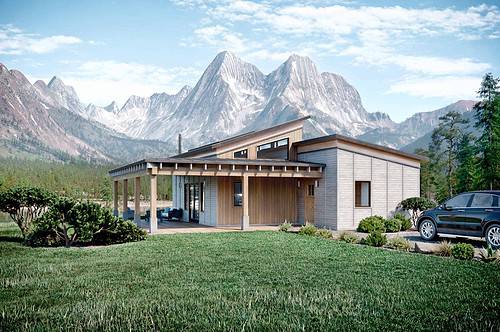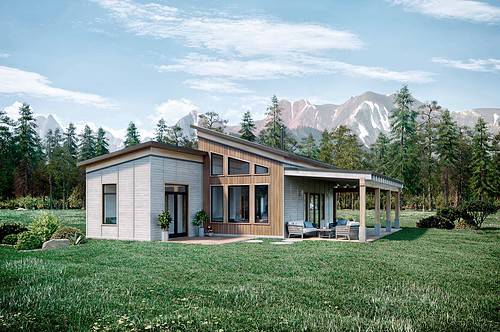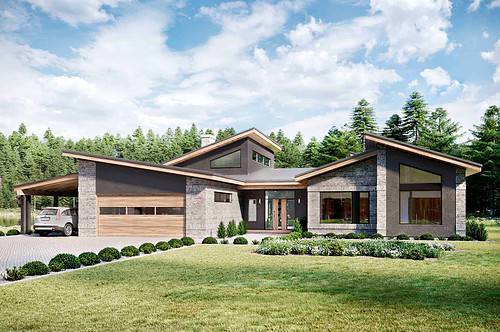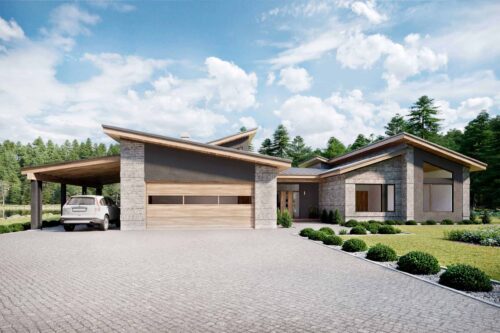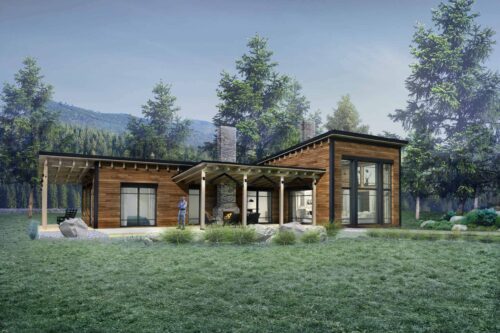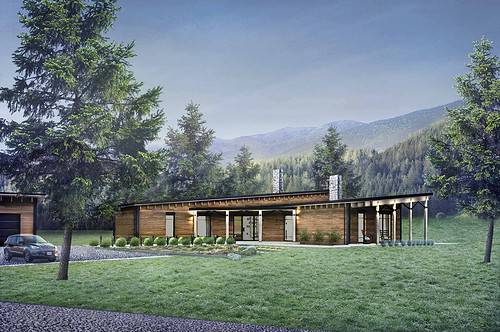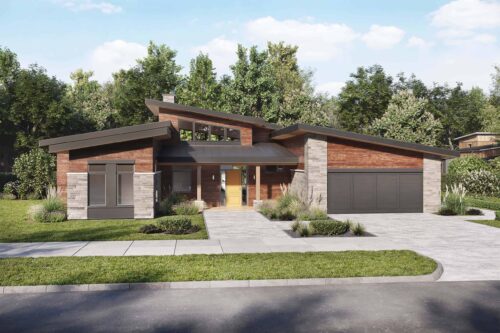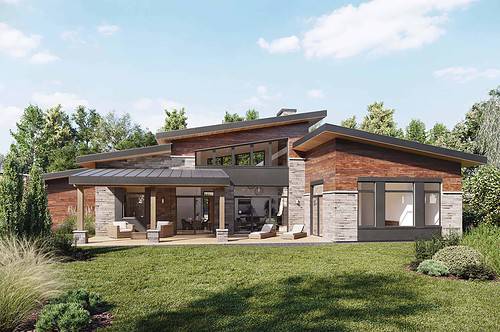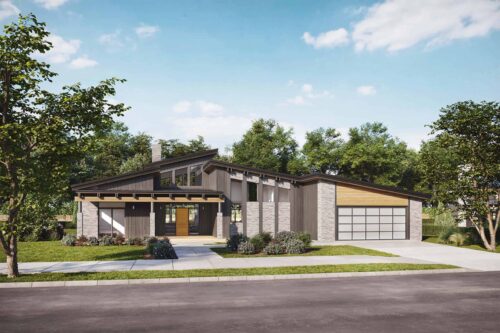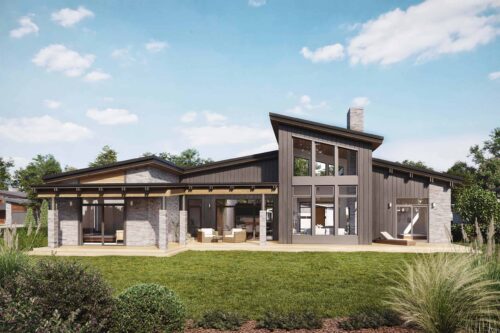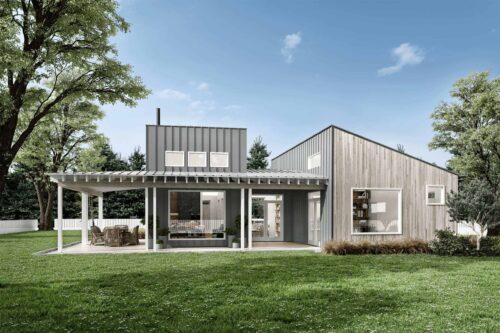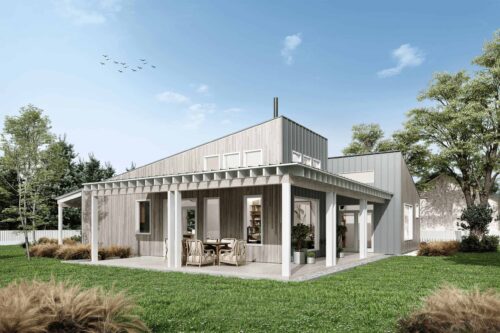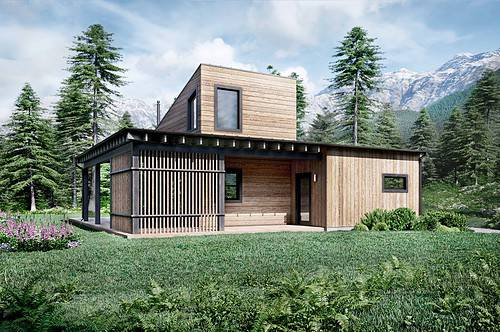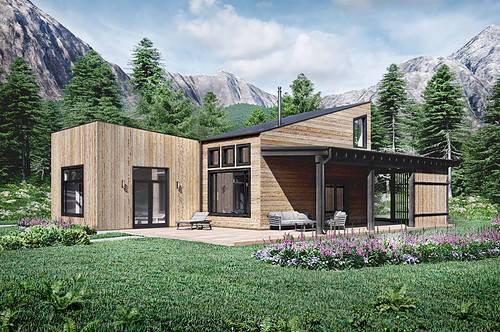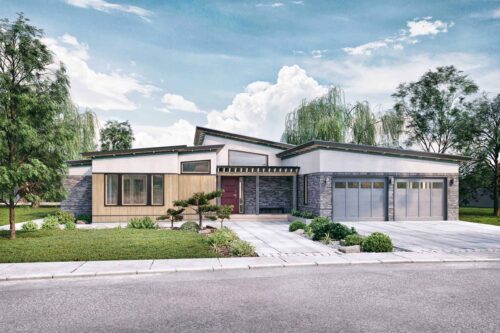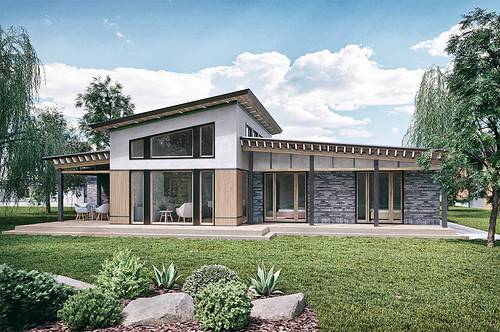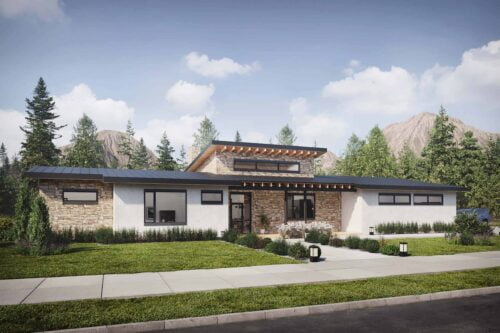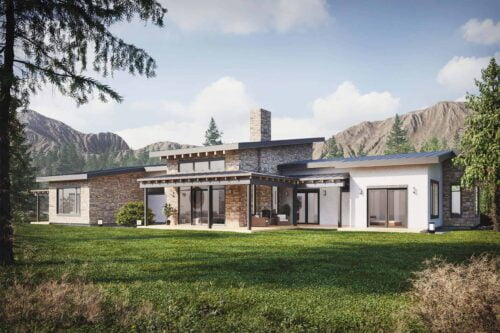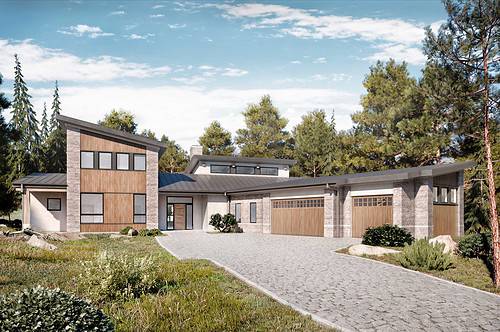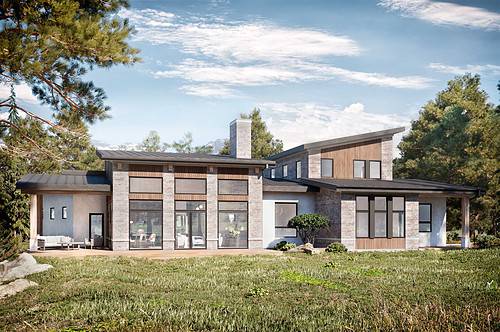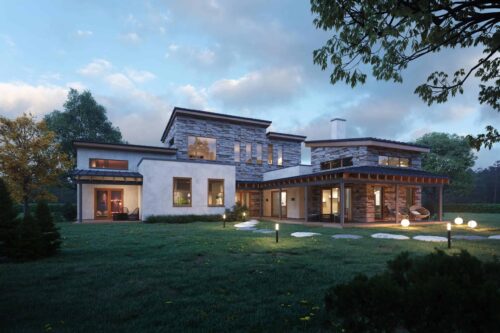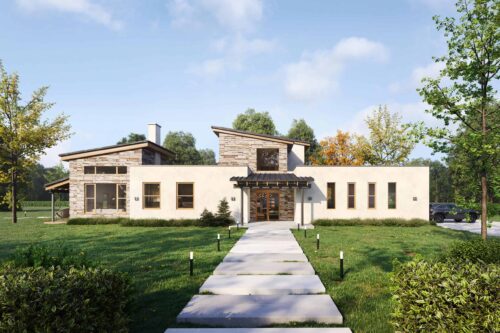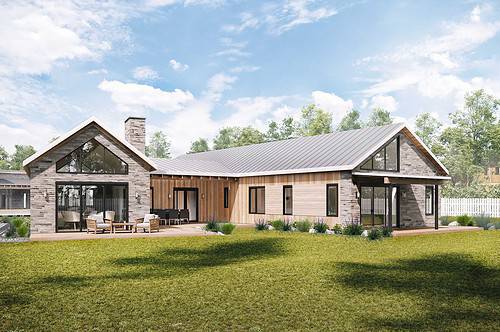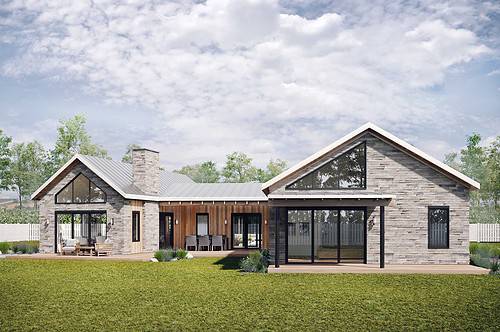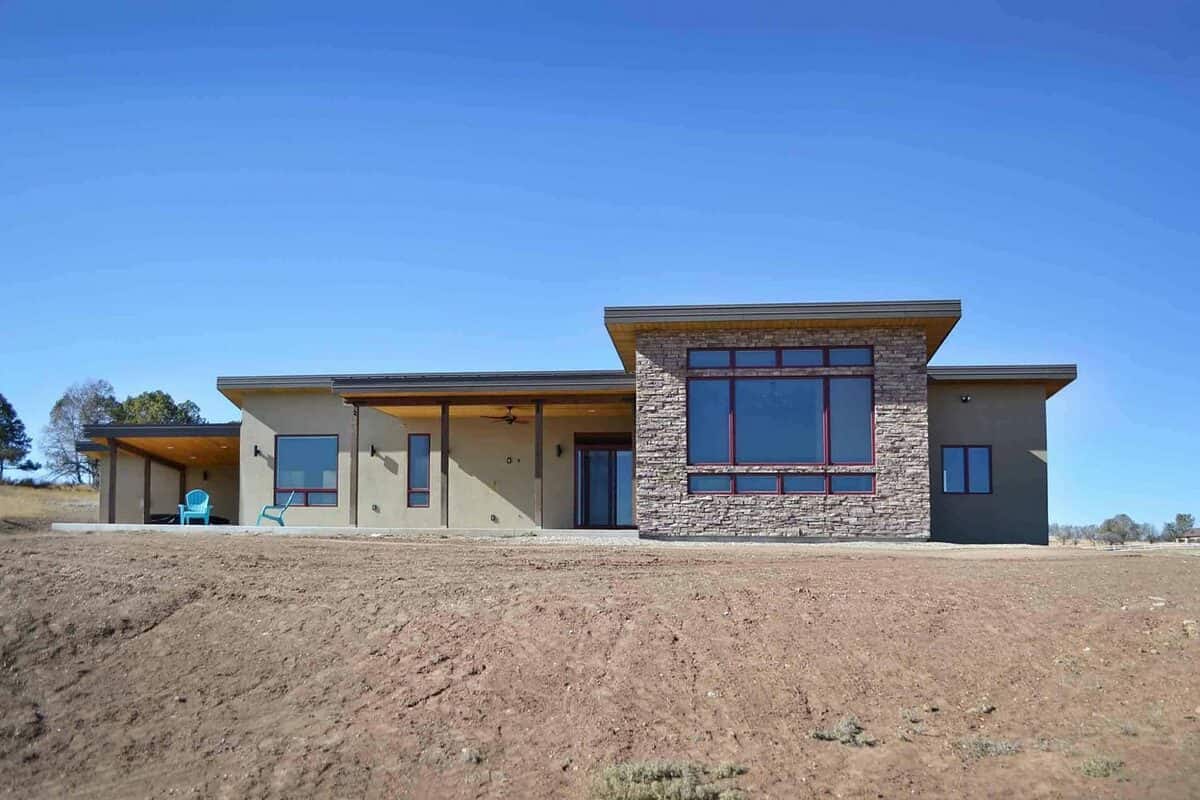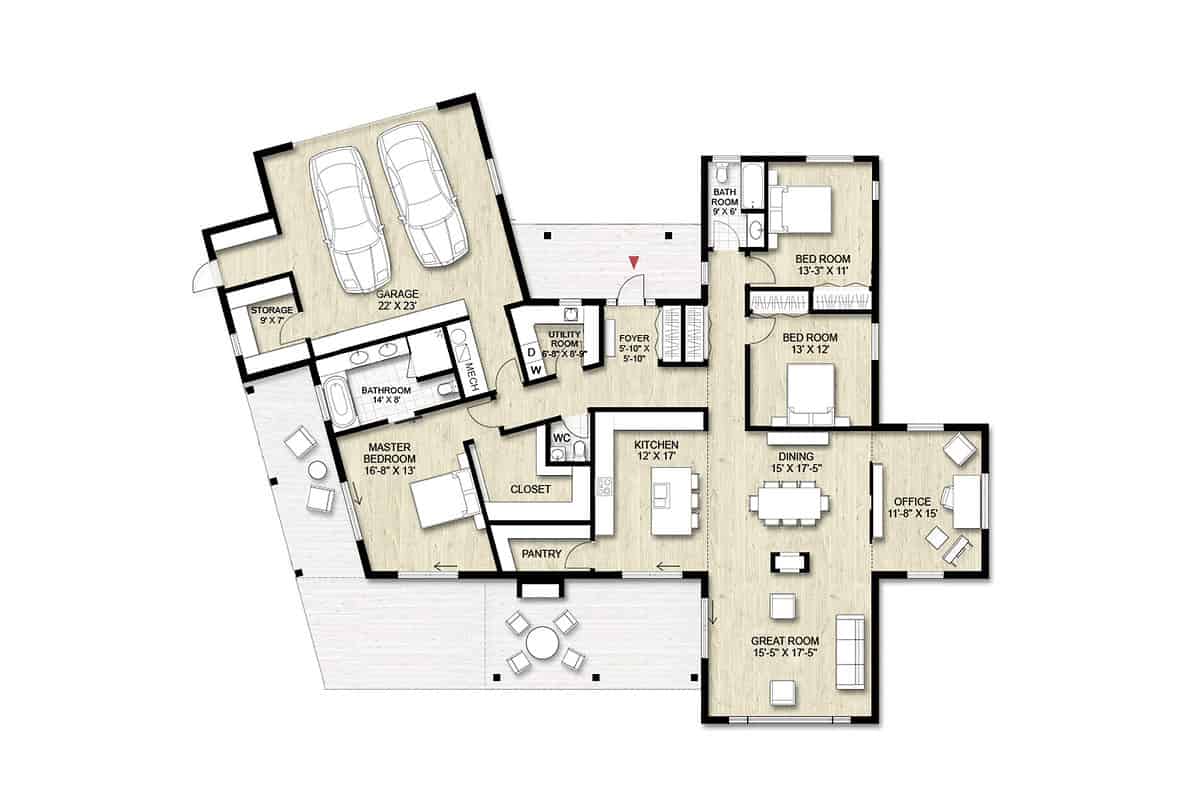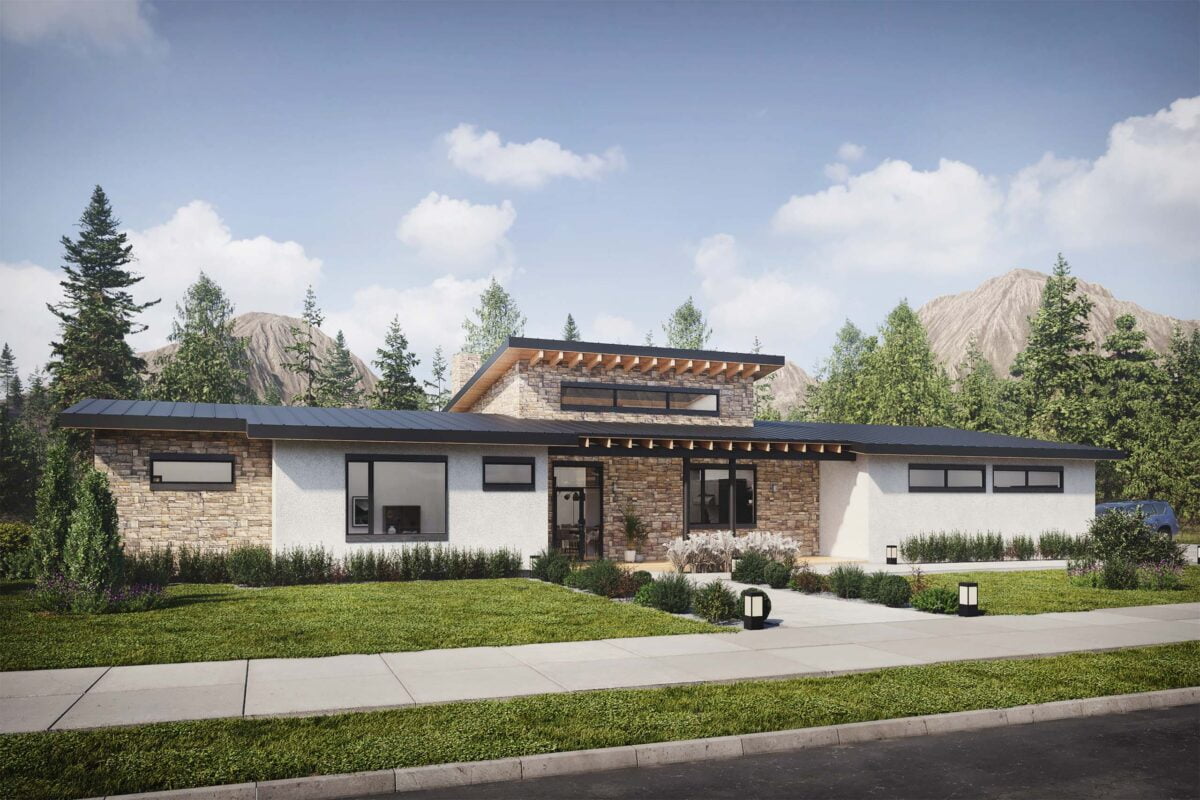No products in the cart.
Examples of some Colorado House Plans
Colorado is home to a wide variety of house plans, from classic mountain designs to modern open concept layouts. Each plan has its own unique features and benefits, making it important to consider all the options before making a decision. Here are some of the most common Colorado house plans:
- Mountain Design – This classic mountain design is ideal for those looking to create a rustic and cozy home. This style of house plan typically features steeply pitched roofs, large windows, and an abundance of wood. Mountain design plans are perfect for those seeking a home that blends in with the natural landscape.
- Luxury Open Concept – This type of house plan is perfect for those who want an expansive living space. Luxury open concept plans feature large rooms, spacious common areas, and lots of natural light. These plans are ideal for those who like to entertain, as they provide plenty of space for friends and family.
- View Lot Layout – This type of house plan is designed to take advantage of a spectacular view. View lot layouts typically feature large windows that offer sweeping views of the surrounding landscape. These plans are perfect for those looking to build a home on a lot with a stunning view.
- Small Rustic Mountain Design – This type of house plan is great for those looking to create a cozy mountain home. Small rustic mountain designs typically feature steeply pitched roofs, gables, and lots of natural wood. These plans are perfect for those seeking a home that is nestled into the natural environment.
Other Types of House Plans to Consider
Aside from the common plans listed above, there are other general plan ideas that you can take a look at to give you ideas for a plan that will best fit your need. Other house plans to consider include:
- Single-Family House Plans: Single-family house plans are perfect for those looking to create a home for just one family. These plans typically feature a single-story layout, making them ideal for those who prefer the convenience of a single-level home.
- Multi-Family House Plans: Multi-family house plans are ideal for those looking to create a home for multiple families. These plans typically feature multiple levels, allowing for multiple families to live in the same structure.
- Luxury House Plans: Luxury house plans are perfect for those looking to create a luxurious and sophisticated home. These plans typically feature large rooms, multiple levels, and plenty of natural light.
Steps to Finding the Right House Plan
Finding the right house plan can be a daunting task, but with the right information and a bit of research, it’s possible to find the perfect plan. Here are some steps to help you find the right house plan for your needs:
- Determine Your Budget – The first step to finding the right house plan is to determine your budget. This will help you narrow down your search and ensure that you don’t look at plans that are out of your price range.
- Make a List of Wants and Needs – Once you’ve determined your budget, the next step is to make a list of wants and needs. Think about the features you’d like to have in your home and the features you absolutely need. This list will help you narrow down your house plan search.
- Research House Plan Catalogs – After you’ve made a list of your wants and needs, the next step is to research house plan catalogs. Look for plans that meet your needs and have the features you’re looking for.
- Consider the Features of Your Land – The next step is to consider the features of your land. Think about the sun’s movements across the lot, local building codes, and the terrain. This will help you find a plan that fits your lot and takes advantage of the features it has to offer.
- Utilize Online Directories of Building Plans – Once you’ve done your research and considered the features of your lot, the next step is to utilize online directories of building plans. These directories can offer a wide variety of plans to choose from.



